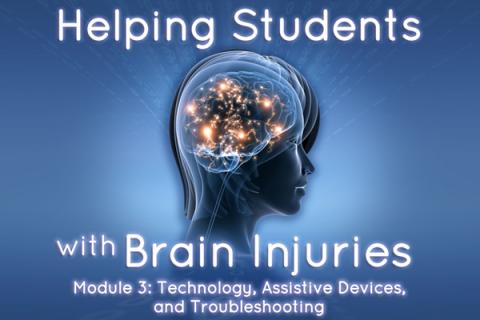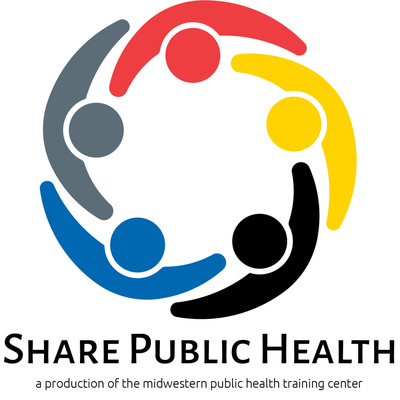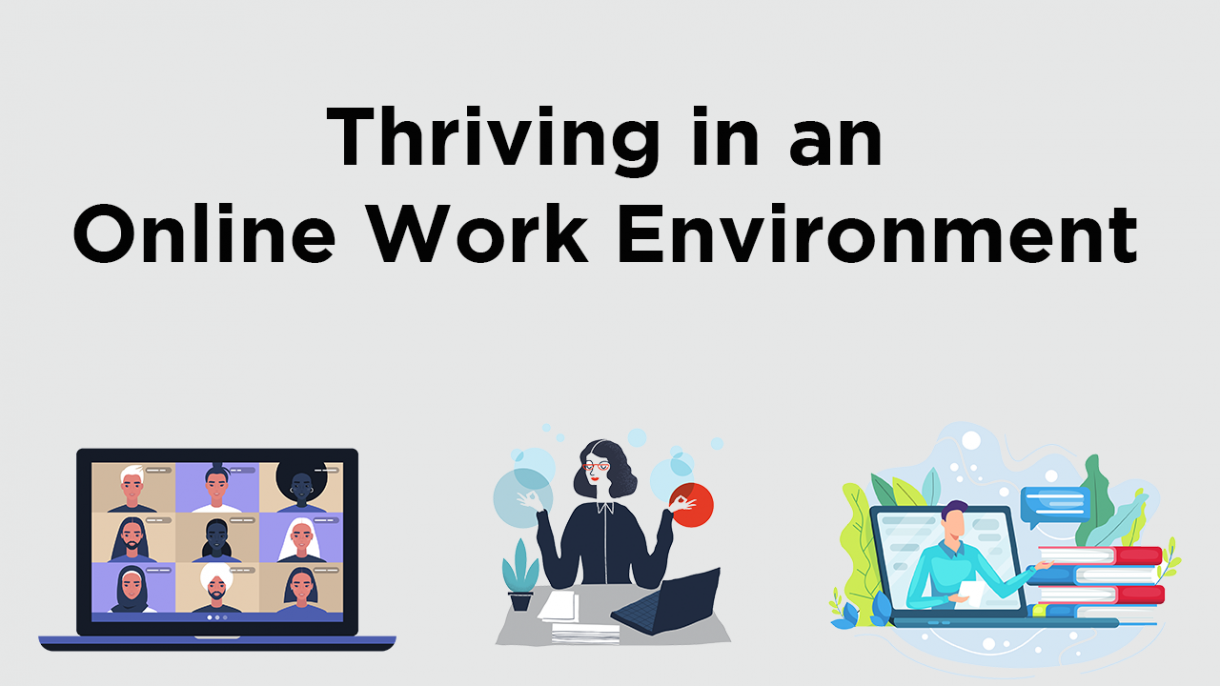Course Summary
There are three sections in this course:
- Section 1: Software
- Section 2: Assistive Devices
- Section 3: Troubleshooting
There are review questions at the end of each section. These review questions will provide you with an opportunity to apply the knowledge and skills presented in these sections.
Intended Audience
PK-12 teachers, school nurses, Area Education Agency staff, school psychologists, speech / language therapists, occupational therapists, para educators, school administrators, social workers, parents, and caregivers.
Learning Objectives:
Section 1: Software
After completing this section, participants will be able to:
- Discusssoftware products to consider when working with students with brain injury
- Identifysoftware for struggling learners
Section 2: assistive Devices
After completing this section, participants will be able to:
- Identifyassistive devices that are useful for students with brain injury
- Discusshow software applications can be used for bypass strategies
Section 3: Troubleshooting
After completing this section, participants will be able to:
- Matchweakness and bypass strategies for students with brain injury
- Applythe strategies using software and assistive devices to help students with brain injury
Pre-requisites/Learning Level
No pre-requisites
Competencies addressed
Core Competencies for Public Health Professionals identified
Domain 1: Analytical/Assessment Skills
- 1A1. Describes factors affecting the health of a community (e.g., equity, income, education, environment)
- 1A12. Contributes to assessments of community health status and factors influencing health in a community (e.g., quality, availability, accessibility, and use of health services; access to affordable housing)
Domain 2: Policy Development/Program Planning Skills
- 2A6. Gathers information that can inform options for policies, programs, and services (e.g., secondhand smoking policies, data use policies, HR policies, immunization programs, food safety programs)
- 2A7. Describes implications of policies, programs, and services
Domain 3: Communication Skills
- 3A3. Solicits input from individuals and organizations (e.g., chambers of commerce, religious organizations, schools, social service organizations, hospitals, government, community-based organizations, various populations served) for improving the health of a community
Domain 6: Public Health Sciences Skills
- 6A2. Identifies prominent events in history of public health (e.g., smallpox eradication, development of vaccinations, infectious disease control, safe drinking water, emphasis on hygiene and hand washing, access to health care for people with disabilities)
CEUs Offered
None
Cost
Free
Modality/format
Online Self-Pace
Length
1 hour
Presenter(s) and/or Content Experts
Peg Meder, MA, CBIS
Technical requirements:
- Adobe Acrobat Reader
- Flash Player
- Speakers
Registration requirements
Register a free account
Creation and/or update
April 25, 2012





